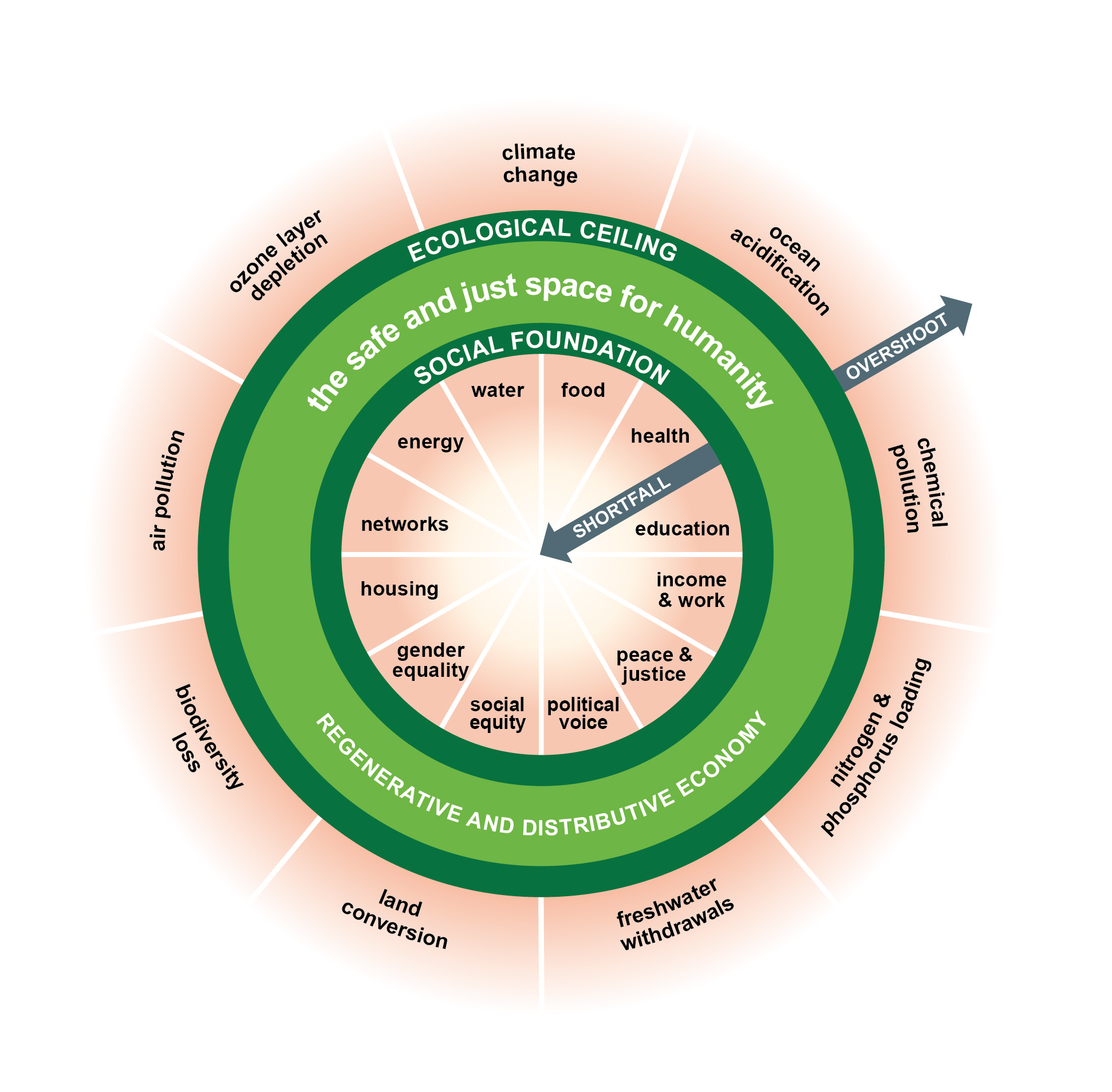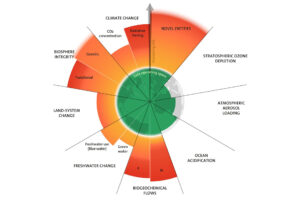In his 2018 book, “King of the Yukon”, Adam Weymouth embarks on an extraordinary four-month canoe journey along the Yukon River, chronicling the awe-inspiring migration of salmon. Amidst his exploration, Weymouth stumbled upon a 1942 note from C.F.Townsend, fishing inspector for the US Government, expressing concerns about escalating fishing quotas and the potential repercussions of breaching established limits1.
This note foreshadowed a profound shift in the Yukon River’s ecosystem. In 1960, a mere 46 fishing authorizations were granted, a stark contrast to the 700 issued in 1976. By 1980, a staggering 150,000 Chinook salmon, also known as King salmon, were harvested–a record that still stands today. Yet, the relentless exploitation of this resource took its toll, leading to a complete ban on Chinook fishing in 2014, even for private consumption. The repercussions extended far beyond the salmon population, impacting the delicate balance of the entire river ecosystem and the livelihoods of those dependent on it.
This narrative parallels the broader challenge of resource consumption on our planet. In 1972, the publication of the Meadows report, “The Limits to Growth”, marked a turning point in the world – a realisation that we inhabit a finite world, sharing it with other species and borrowing from future generations. This is what we call sustainability. Nearly forty years later, in 2009, a group of scientists, led by Johan Rockström and Will Steffen, established the concept of planetary boundaries2 , reinforcing the urgency of responsible resource management.
What are we talking about?
Scientists have established a framework known as the “planetary boundaries”. Composed of 9 boundaries, it offers insight into the limits of human activity on Earth. Once you transgress one, the risks of breaching others multiply. Of these 9 boundaries, climate and biodiversity stand out as the most important. Indeed, the prosperity of our world was built on a stable climate and a rich diversity of life.
Let’s have a look at some of those boundaries
Ocean acidification – Oceans are playing a major role as they capture round 25% of CO23. But a larger amount of carbon dioxide is being captured and leads to reduction of pH of seawater, and therefore its acidification. Acidification makes building and maintaining shells and other calcium carbonate structures difficult for organisms such as oysters, plankton, or corals. When these organisms are at risk, the entire food web may also be at risk.
Stratospheric ozone depletion – The gradual thinning of Earth’s ozone layer in the upper atmosphere is a major issue because it leads to an increase of ultraviolet (UV) radiation. This, in turn, leads to an increase of skin cancer risk for human and an increase of damages on the biological systems.
Biochemical flows in the nitrogen and phosphorus cycle – nitrogen and phosphorus are naturally occurring elements in plant growth. However, human processes, such as the use of fertilisers for agriculture activities, increases their amount in soil and water which erode the resilience of important Earth subsystems.
Chemical pollution, or to simply the introduction of novel entities in the environment. For instance, the use of pesticides that wipe out many insects which are fundamental to a rich ecosystem. Bees are pollinators insects that are vital for flowers, fruits, and vegetables, therefore for human being.
These boundaries compel us to adopt a systemic approach to problem-solving, where solutions must not inadvertently worsen challenges in other areas. For instance, the pursuit of biofuels as a mean to mitigate climate change and reduce chemical pollution and atmospheric aerosol landing must be weighed against potential land system changes and their impact. Another example is the solar geoengineering , particularly the proposal to release aerosols like calcium carbonate into the stratosphere to reflect sunlight and reduce global temperatures. By doing so you would affect the ozone and increase climate uncertainties. While it may reduce global temperatures, it could also result in uneven regional effects, altering precipitation patterns and causing other unforeseen consequences.
The Doughnut model

The concept of sustainability extends beyond ecological boundaries alone. This is also about social justice and societal resilience.
In 2012, Kate Raworth introduced the Doughnut model. It recognizes that “wellbeing depends on enabling every person to lead a life of dignity and opportunity, while safeguarding the integrity of Earth’s life-supporting systems” . The Doughnut model combines two concentric radar charts to include these two boundaries – ecological and social. You have a “social foundation” composed of the basic human needs and an “ecological ceiling”, incorporating the 9 planetary boundaries. In between, this is the just and safe place in which humanity can thrive.
This holistic approach provides a path to sustainability, one that aligns with the 17 Sustainable Development Goals (SDGs) . Together, these boundaries and the 17 SDGs, serve as a compass for both science and the economy, defining new frontiers to achieving a sustainable future.
Where are we right now?
Human have exceeded 6 of 9 planetary boundaries . A recent update to the 2009 publication shows that the most concerning evolutions are the flows of phosphorus and nitrogen – we are releasing far more these elements into the environment, the climate change, and the biodiversity integrity. The only three boundaries not yet exceeded by humanity are ocean acidification (close to be breached), atmospheric aerosol loading (although regional excess are noted), and ozone depletion. The last one is the only one trending in the right direction, thanks to the success of the Montreal Protocol.
The planetary limit model shows that the Earth is becoming uninhabitable. The Montreal Protocol shows that when the right decision is taken internationally, change for the good is possible.
1 King of the Yukon, Adam Weymouth, 2018, Particular Books
2 Rockström, Johan & Steffen, W. & Noone, Kevin & Persson, Åsa & Chapin III, F Stuart & Lambin, E.F. & Lenton, T. & Scheffer, M. & Folke, Carl & Schellnhuber, Hans & Nykvist, Björn & de Wit, Cynthia & Hughes, Terence & Van der Leeuw, Sander & Rodhe, H. & Sörlin, Sverker & Snyder, P. & Costanza, Robert & Svedin, Uno & Foley, J.. (2013). A safe operating space for humanity. Nature, v.461, 472-475 (2009). 46.
3 https://www.un.org/en/climatechange/science/climate-issues/ocean#:~:text=The%20ocean%20generates%2050%20percent,heat%20generated%20by%20these%20emissions.
